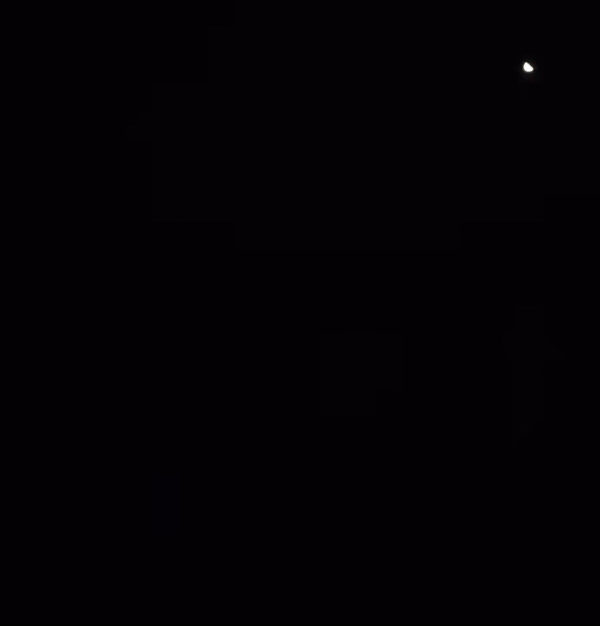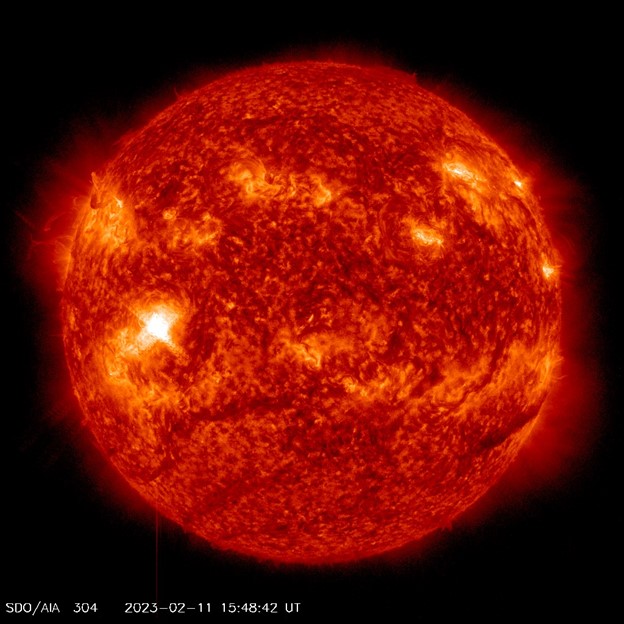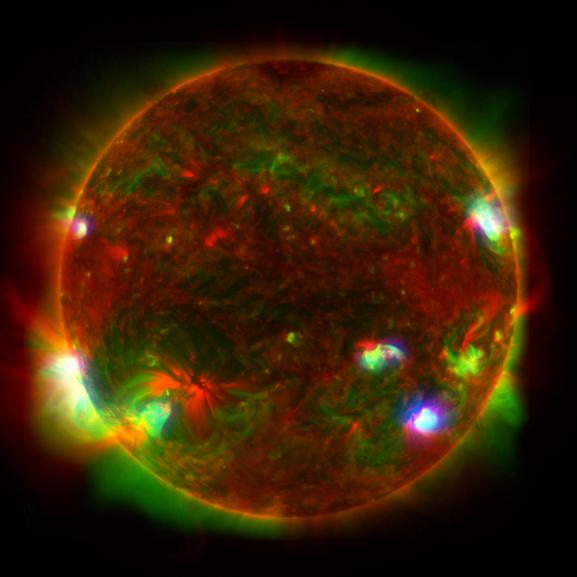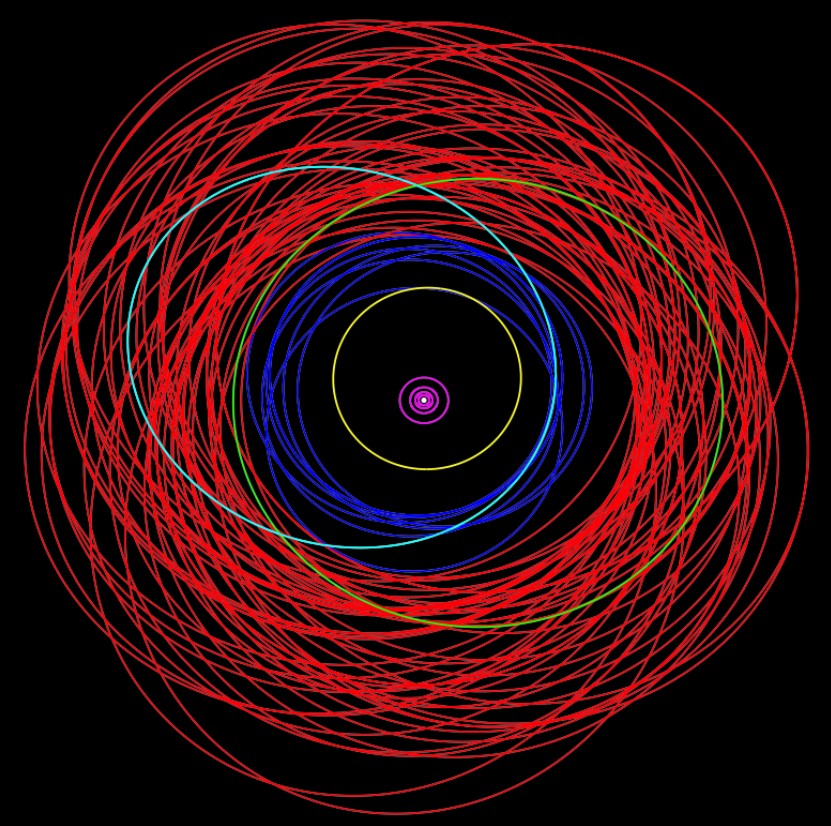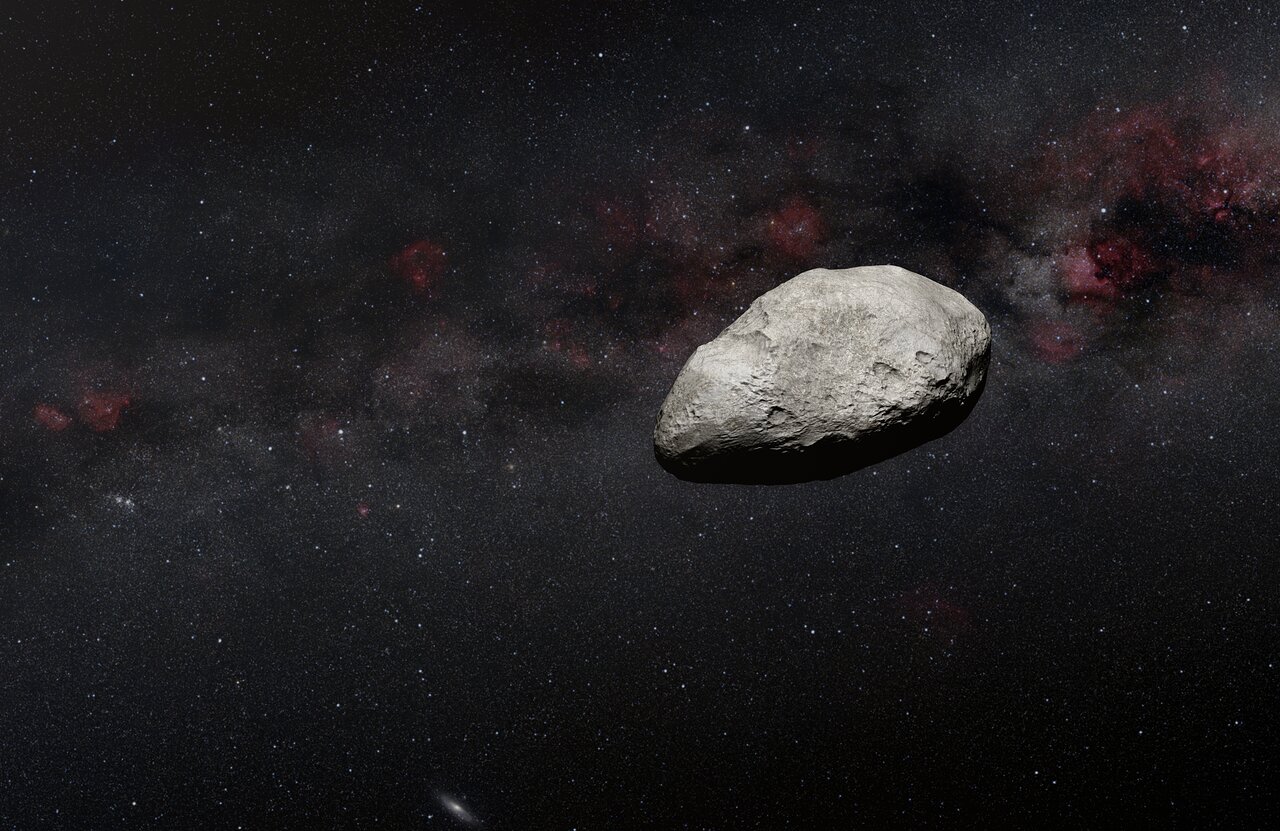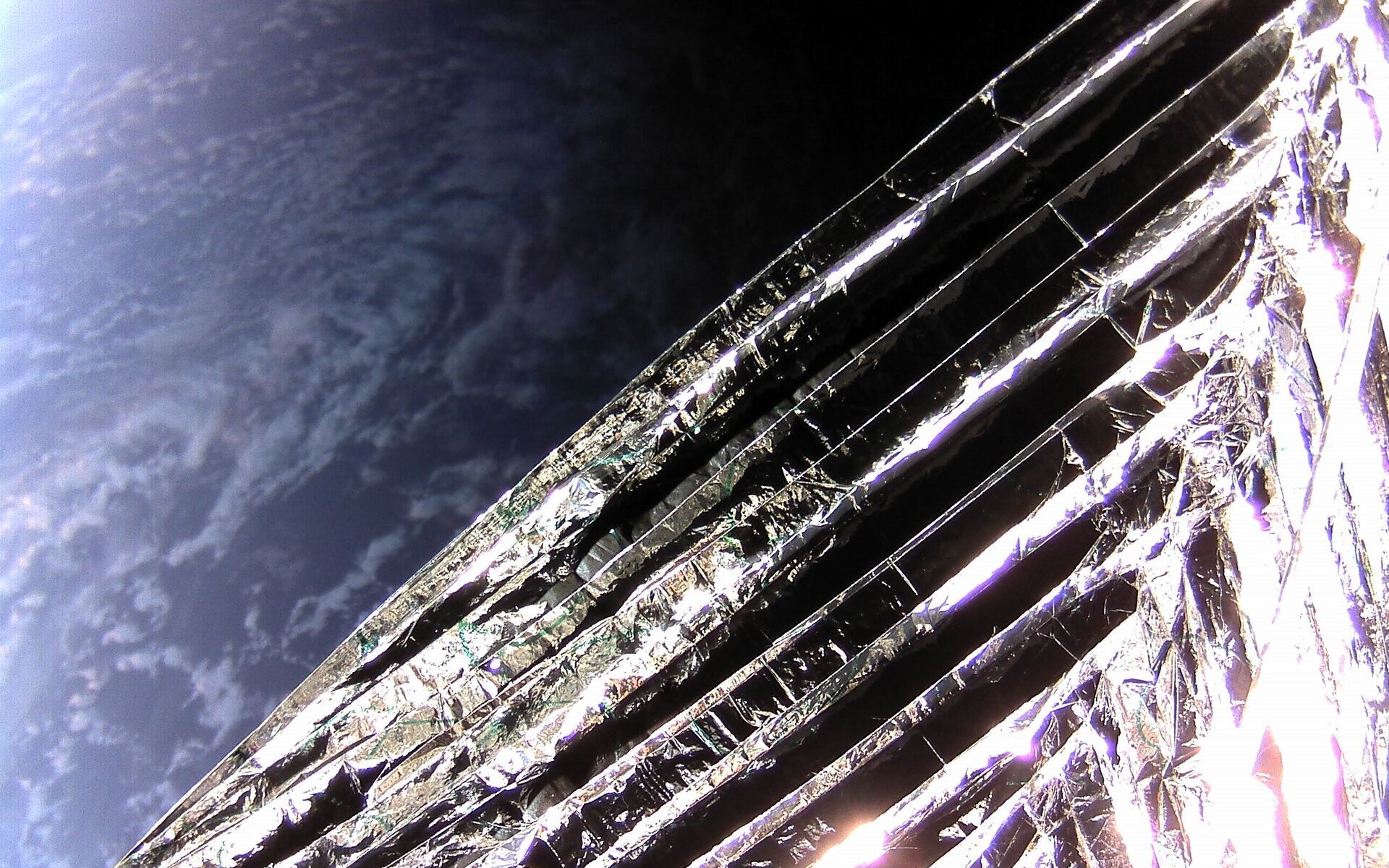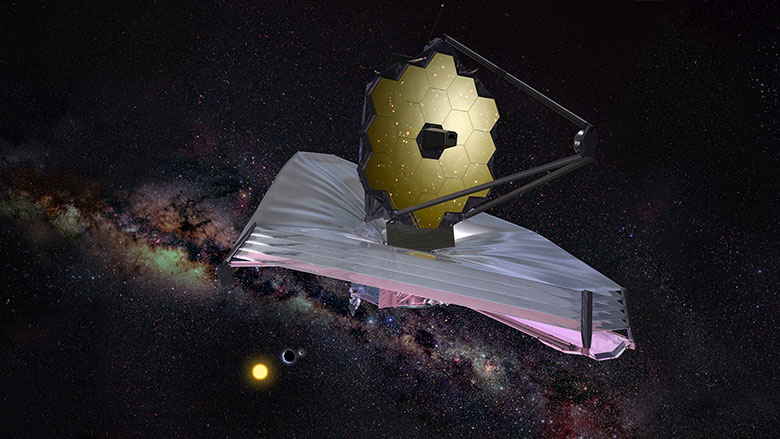A meteoroid lit up the sky above the English Channel early Monday morning February as it streaked through the atmosphere, and because it had been detected just a few hours beforehand – with expert precision on where it could be seen — skywatchers were able to capture the event.
Astronomer Krisztián Sárneczky found the 1-meter (3 ft) asteroid just half a day before it came through Earth’s atmosphere. Sárneczky used 60-cm Schmidt telescope at the Piszkéstet? Observatory in Hungary, and originally named it Sar2667. After multiple observations, the object was re-designated as 2023 CX1 and was predicted with 100% certainty to hit Earth in the skies above the English Channel. Astronomers continued to track the object, then it blazed through the atmosphere over Europe right on schedule.
Continue reading “Another Meteoroid Discovered Right Before it Hits the Atmosphere”
